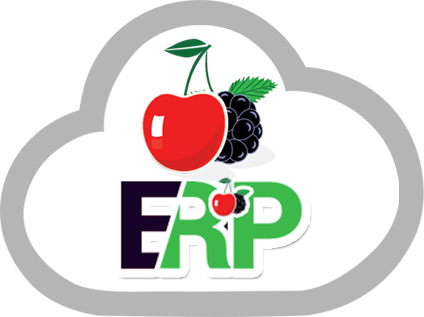Streamlining Operations with Asset Management Software
Asset and equipment-heavy organizations grapple with cumbersome manual tracking processes to monitor valuable resources spread across locations. Asset management software solutions promise to eliminate inefficient paper-based records and provide real-time visibility through automation. This essay explores key features and benefits of asset management systems, implementation considerations for businesses, leading solutions in the market, and the future outlook as this software category matures.
Enhancing Asset Visibility and Accountability:
Core functionalities provided by asset management software:
Asset Tracking
Tags, barcodes, and RFID technology track asset movement enhancing visibility into current and historical location data. This allows managers to pinpoint misplaced equipment, reduce theft, improve utilization, and understand usage patterns.
Maintenance Scheduling
Planned preventive maintenance is scheduled and alerts are sent based on manufacturers’ guidelines. By forecasting maintenance needs proactively, issues can be addressed before asset failure, avoiding downtime.
Inventory Monitoring
Inventory levels are tracked in real-time, enabling better demand planning and reordering. Accurate inventory tracking prevents over or under-stocking of spare parts.
Asset Lifecycle Management
Age, depreciation schedules, asset health, and utilization analytics feed into better replacement decision-making by identifying assets due for retirement.
Audits and Reporting
System data aids both routine inspections and ad hoc investigations related to asset accountability. Detailed audit trails improve compliance.
The biggest benefit besides lowering asset loss, wasted maintenance and unnecessary purchases is optimizing departmental productivity by eliminating tedious manual tasks. This allows staff to focus on higher-value responsibilities.
Critical Considerations for Implementation:
Transitioning to an automated asset management software careful change management planning.
Data Migration
Large volumes of legacy asset data likely exist on paper or disparate systems needing consolidation. Careful data planning is key to ensuring no loss or corruption during migration.
Process Redesign
Workflows, KPIs, and contracts management undergo revisions to maximize software capabilities. Updated protocols reflecting new automation capabilities need documentation.
User Adoption
Staff training ensures understanding of new processes and reduces resistance by highlighting benefits. Hands-on self-service portals can ease the transition.
Ongoing Support: Both user support on software usage and technical troubleshooting assistance are imperative, especially during the early stages. This prevents minor issues from slowing adoption.
Leading Solutions in the Market:
Asset management software offered as cloud-based services has dominated the market, including solutions like:
Manage Engine Asset Explorer
Web-based software with mobile capabilities geared for IT assets and telecom equipment. Barcode scanning simplifies inventory counts.
EZ Office Inventory
Supports barcode and QR code tagging, customizable dashboards, and self-service portals. Ideal for smaller organizations.
UpKeep
Specializes in maintenance management with work order automation and on-demand reporting. Prevents equipment failure through preventive maintenance.
Fiix: Focuses on production equipment with CMMS and inventory functionalities. The scheduler engine minimizes downtime.
Infor EAM
Scalable solution built specifically for complex, global enterprise asset management environments. Analytics dashboard tracks KPIs.
Future Outlook:
Beyond current functionalities, enhancements in sensor technology, extended reality formats like Artificial Intelligence (AI), machine learning, predictive analytics based on equipment telemetry data, and connectivity with automation software will drive the evolution of asset management solutions. Scalable cloud platforms leveraging big data will dominate the landscape, enabling central oversight of asset-heavy operations.
Integrations with procurement software will also help optimize inventory levels tied to asset performance indicators. More focus on energy monitoring and sustainability tracking is also expected.
With the increasing acceptance that these tools improve capital allocation and sustainability, more firms now consider asset management systems indispensable. Tight integration with existing business software, continued innovation by vendors, and growing end-user proficiency will further cement the pivotal role these solutions hold in supporting lean, profitable operations.
Conclusion:
Asset management software delivers undeniable value by transforming cumbersome manual tracking and maintenance of organizational assets into streamlined, optimized processes through automation. As solutions continue evolving to provide greater visibility via sensors and connectivity, more intelligent analytics, and integration across enterprise systems, adoption is rapidly increasing. Despite requiring careful change management during implementation, leading web and cloud-based asset management platforms are helping organizations enhance productivity, accountability, and equipment reliability. With advanced capabilities like predictive maintenance and sustainability benchmarking on the horizon, these tools are becoming central to efficiently managing capital-intensive operations. Asset-heavy industries are witnessing a paradigm shift where proactive optimization of assets through management software is now an operational imperative rather than an option. The tight coupling of physical assets with digital capabilities will only accelerate as technologies continue maturing in this space. Cherry Berry ERP has all the services you need to flourish your business.
